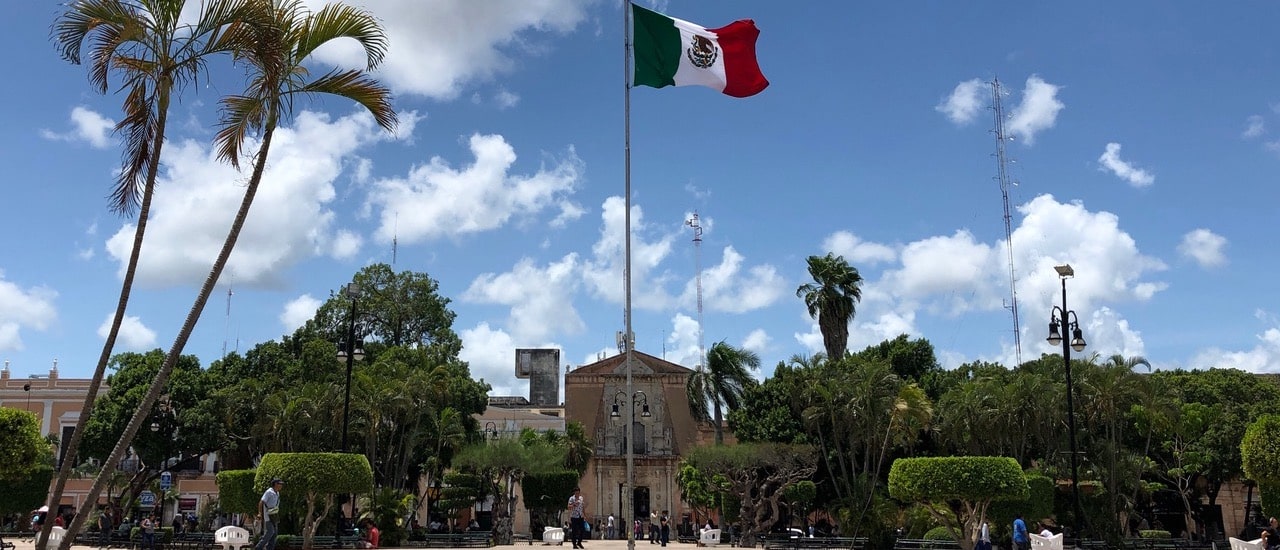Despite being the second-most populated country in Latin America, with significant Internet consumption, by the end of 2019 Mexico only had one established Internet exchange point (IXP) – CITI, in three locations (Mexico City, Querétaro, and Tultitlán). In comparison, Argentina and Brazil have more than 30 points each.
In Mexico’s southeastern region – which has the country’s highest poverty rates and lowest connectivity – there were none. This prompted a committed group of people in the State of Yucatán to set out to create an IXP in 2014.
Their efforts intensified in April 2018, with the signing of the founding act for the Internet Exchange Services Yucatán (IXSY), a nonprofit association to administer the node in Yucatán.
In May 2018, the First National IXP Forum was organized. There, IXSY gained the support of Yucatan’s state government. But in July, that government lost the state elections, putting the project on pause.
Still, the new government didn’t take long to see the project’s relevance, says Carmen Denis Polanco, director of the IXSY. “It is beautiful and valuable that it did not become a political issue, but something that was important for the state. A new team of people was formed that could give it a more comprehensive vision, using the multistakeholder model that is so promoted.”
The strategy was reframed under a more comprehensive Internet development project in Yucatán. It was linked to the Center for Women in Internet Development Technologies (CMT), a project that won a grant to train new generations and reduce gender gaps, starting with 10 female university students. Among other topics, these students were trained on technical issues and they supported the working groups within IXSY’s Technical Committee.
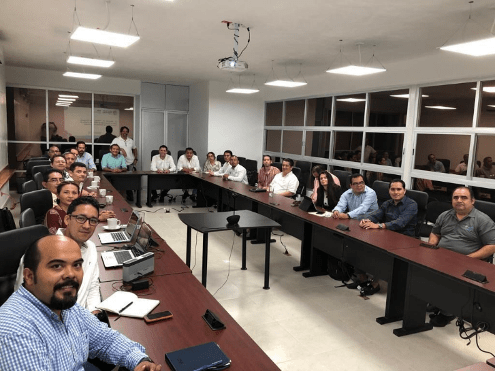
To build IXSY’s community, more than 30 meetings and work sessions were organized in 2019. Internet Society supported the kick-off meeting in August, where the strategy was defined and decision-makers and the technical community were convened.
They started organizing trainings to create awareness and capacities.
“When we held the first meetings, the community just didn’t understand,” says Denis, who is also the director of the CMT. “Even the operators and technicians didn’t know what an IXP was. Now, training is part of the strategy. … To this day we’re still doing training.”
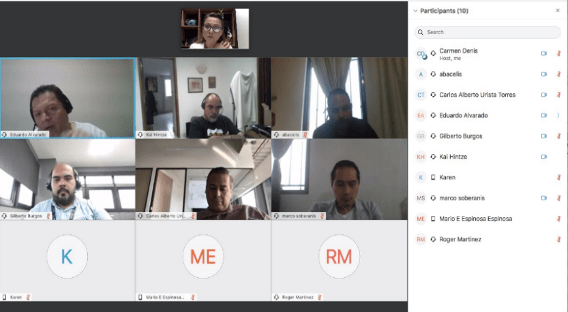
They sought national and international collaboration, especially alliances with key sectors and recognized organizations, such as the Internet Society, the Internet Address Registry for Latin America and the Caribbean (LACNIC) and its regional Internet Exchange Association (LAC-IX), the Network Information Centre (NIC) Mexico, SOCIUM, and the CMT.
The IXSY started gaining steam at its inaugural meeting in January 2020. In March, an Internet Development Week and the Second National IXP Forum were organized. The Internet Society and LACNIC participated strongly, and the IXSY formally joined LAC-IX and NIC Mexico.
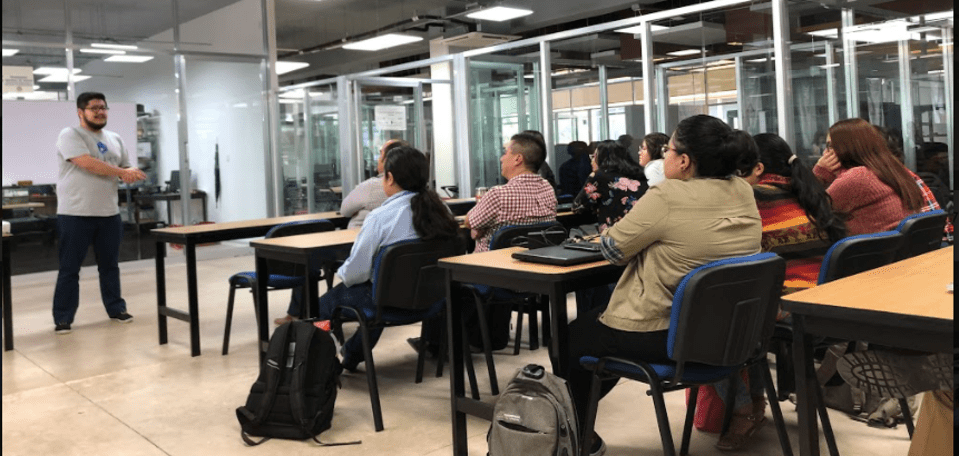
That same week, the IXSY held its first General Assembly, where its Board of Directors was formed, with the participation of the National Chamber of Electronics, Telecommunications and Information Technologies (CANIETI), which assumed its presidency.
“It’s the story of how the Internet is built – from its innards – of creating an ecosystem,” says Denis.
The IXSY started exchanging traffic with its first member in November 2020. The second began in December, and by February 2021 there were already four entities exchanging traffic. Another four have pledged to join soon.
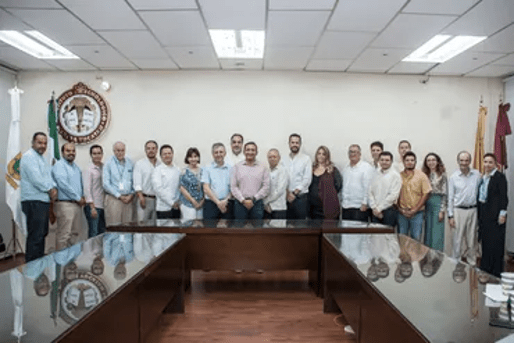
Although it is still relatively new, those connected are already noticing the benefits: better resilience and stability, greater cost efficiency, improvements in quality, lower latency, and value-added services. The IXSY is also expected to catalyze new developments and standards.
The benefits are profound for the development of the region, Denis assures: “The IXSY contributes to strengthening Yucatán’s Internet infrastructure, improving connectivity, and promoting the conditions for the Internet to be an effective instrument of social inclusion, innovation, knowledge-generation, and social, health, cultural, and economic development in our state and in the peninsula.”
Burgos De Santiago agrees, adding that the Yucatan Government is helping to strengthen the infrastructure of the state network in order to connect it to the IXSY. He is also active in initiatives that strive to bring the Internet to Yucatan residents, especially those in the poorest communities, although he acknowledges that this has been complicated by the economic impact of COVID-19.
The fact that the IXSY kicked-off in 2020 was timely, he says. “Due to the nature of our region, which experienced hurricanes, storms, and a pandemic … this helped us to justify the importance of the Internet and to continue working on it – for the benefit of the health sector, economic reactivation, security, etc.”
The IXSY is also contributing to advancing other government goals, such as closing the digital gender gap. Two of the 10 students trained by the CMT were included in the Working Group and hired by the Sub-secretariat.
One of them is María Valeria Saul Cuevas, a mechatronics (mechanical, electronic, and computer engineering) student at the Universidad del Valle de México, in Mérida. She’s one of the few women in her program. She admits that she started her career with the dream of designing cars, but after joining the CMT she changed course.

“I fell in love with the Internet. It inspired me to work in this area, learn a lot, and want to contribute to the technical community,” says Saul Cuevas. “I was expecting a training, but they allowed us to contribute ideas, learn, and contribute to the working groups for the exchange point. Most of all, I loved that it was only women recruited into technology development. That more women are being involved in ICT development is wonderful! I think it empowers us.”
Beyond supporting various forums and meetings, the Internet Society has provided trainings on topics such as secure routing and good practices; it has accompanied the growth of the IXP and its negotiations with CDNs; and it has facilitated cooperation projects for equipment, infrastructure, and services.
Image by Laurentiu Morariu via Unsplash
